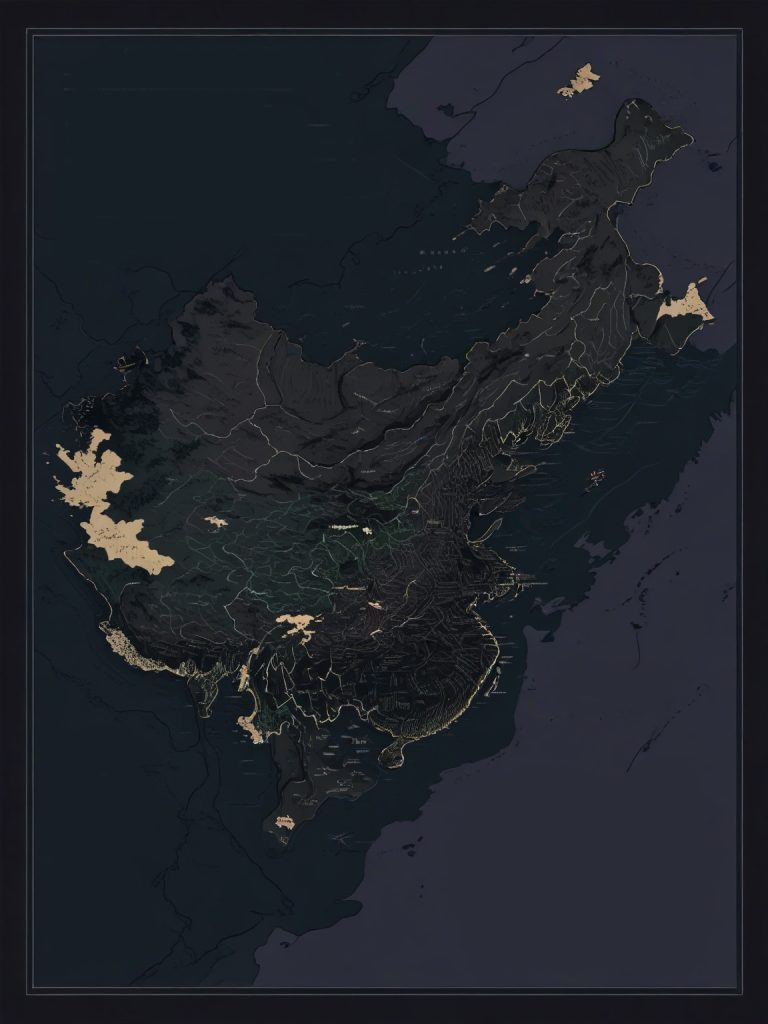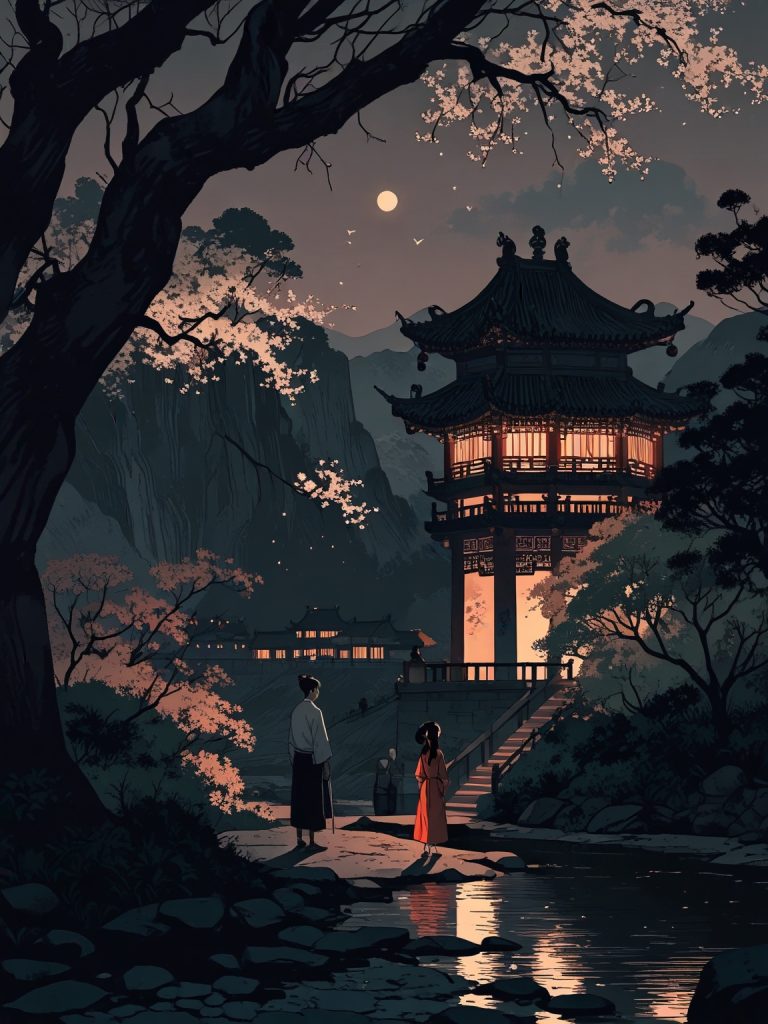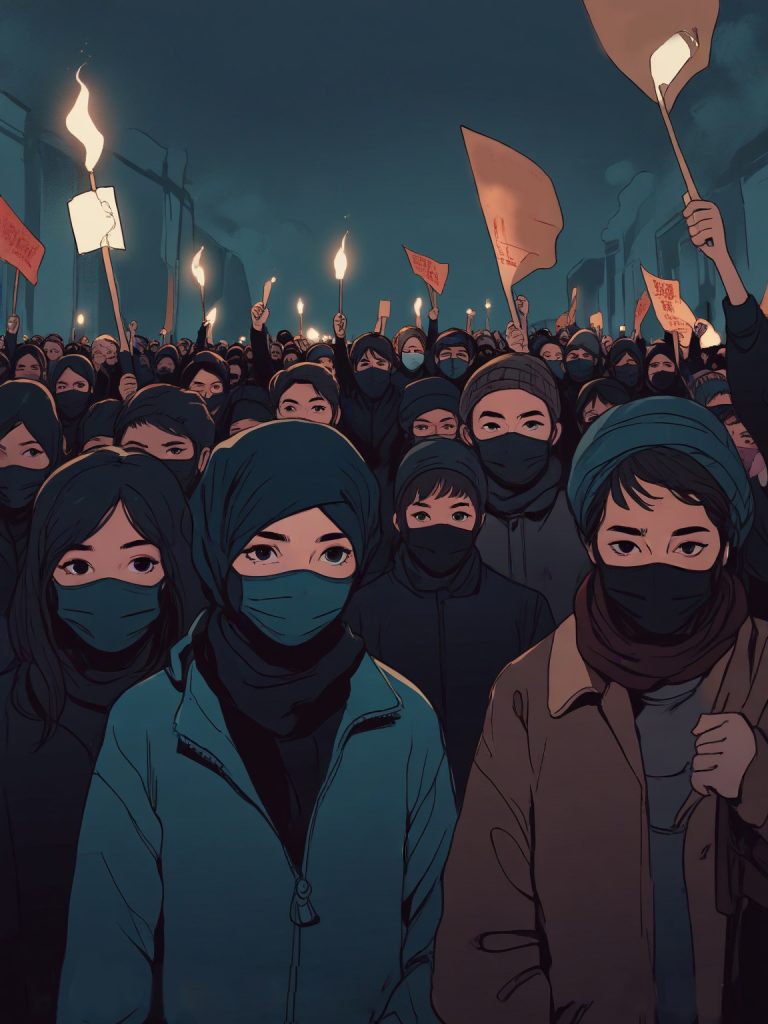Hold onto your chopsticks, history buffs! We’re about to stir-fry a common misconception about China. The dish of the day? The myth of China as a peaceful panda when it comes to land-grabbing. We’ll be using a secret ingredient: historical context. So, grab a metaphorical fortune cookie and get ready for a thought-provoking exploration!
Unlike other articles, this one provides a nuanced perspective on China’s expansionist tendencies. You’ll gain valuable historical background to understand current geopolitical issues and make informed opinions.
TL;DR
- The concept of a unified “China” throughout history is a simplification.
- China’s influence expanded through cultural exchange and military conquest.
- The Qing Dynasty’s land grabs mirrored European colonialism.
- China’s historical expansion informs its modern actions in disputed territories.
So, you’ve heard the claim that China’s a peaceful panda when it comes to land-grabbing, unlike those aggressive Western nations? Well, buckle up, history buff, because we’re about to explore some fascinating counter-evidence!
There are two main arguments floating around: the “big picture” view of history, and a more recent one. We’ve tackled both these brawlers before, but a refresher course never hurt anyone, right?

Zooming Out: A Map Tells a Thousand Words (Literally)
Remember that epic map throwdown I did once?. Let’s revisit it. We see the Zhou dynasty and its supposed underlings chilling around 450 BCE. Then, fast forward to the mighty Ming dynasty flexing its muscles in 1580 CE. Notice a pattern? China’s like a growing snowball, gobbling up land and people. Now, here’s the Qing Empire at its peak, around 1820 – that’s some serious territorial expansion!
But hold on a hot minute. This grand narrative assumes there’s always been this unified “China.” The reality, my friend, is a tad messier. “China” becomes a catch-all term for a bunch of overlapping states that shared the same general area. It’s like calling Europe a single country – not quite accurate, is it?
Sure, there’s a strong argument that Chinese culture spread far and wide, fostering a sense of shared identity over a vast region. Think of it as a cultural sphere of influence, rather than a single, monolithic empire. But let’s not confuse empires with nations. After all, you wouldn’t want to mix up a company with its employees, would you?

Beyond Borders: The Sinosphere and Cultural Influence
It’s important to remember that China’s influence wasn’t just about military might. They possessed a powerful cultural force known as the Sinosphere. This sphere encompassed areas like Korea, Vietnam, and Japan, where Chinese writing systems, philosophies, and artistic styles were adopted by local elites. It was a fascinating exchange of ideas, a testament to the enduring appeal of Chinese civilization.
However, this cultural influence wasn’t always peaceful. Sometimes, assimilation went hand-in-hand with conquest. The incorporation of Xinjiang and Inner Mongolia into the Qing Empire involved a degree of cultural homogenization, where local customs were pressured to conform to the dominant Han Chinese culture. This highlights the complex and sometimes contradictory nature of China’s historical expansion.
Let’s Get Specific: China’s Colonial Chapter
Now, let’s shift gears and focus on the peak of European colonialism. Here’s the thing: the Ming and Qing dynasties were no shrinking violets. They were ambitious empires, hungry for expansion (although the Qing were much better at it).
We’ve already delved deep into the Qing’s story, so let’s just highlight a few key points. First, the Manchu conquest of China itself was a pretty darn aggressive move. Imagine a nomadic group from the north swooping down and taking over the entire country! Second, between 1685 and 1760, the Qing practically doubled their territory – that’s some serious empire-building! This feat arguably makes them the top dog of the 17th and mid-18th centuries.
Fast forward to the 19th century, and the Qing found themselves lagging behind other empires, even within their own claimed turf. But here’s the twist: the Qing (or maybe it was the ambitious Han bureaucrats within the empire) started acting a lot like their European counterparts. They tightened their grip on existing territories like Xinjiang and Manchuria, and even tried to extend their control over new ones like Korea and Taiwan. This late-Qing land grab bears a striking resemblance to European colonialism, with its focus on resource extraction and political dominance.
This colonial legacy is something that’s been carried over by China’s later governments, both the republic and the communists. However, only the communists have been able to enforce their claims with military muscle (and even then, Taiwan and Mongolia are still independent).

So, What’s the Verdict?
China’s history is a rich tapestry, woven with threads of both peaceful coexistence and territorial ambition. While they might not have gone full-on European colonialism, they definitely weren’t shy about expanding their borders. The concept of a unified “China” throughout history is a simplification, but the undeniable growth of Chinese civilization and its influence over neighboring territories is a complex and fascinating story.
China’s Evolving Relationship with its Neighbors
China’s relationship with its neighbors has always been a dynamic one. From cultural exchange to territorial disputes, the story is far from over. Today, China finds itself navigating a complex geopolitical landscape, with issues like the South China Sea dispute and its growing economic influence taking center stage.

China’s Modern Expansionist Ambitions: Examples and Concerns
While the article focused on China’s historical expansion, its legacy continues to influence its modern actions. Here are some recent events that raise concerns about China’s territorial ambitions:
- South China Sea Disputes: China claims sovereignty over a vast swathe of the South China Sea, including areas contested by Vietnam, the Philippines, Brunei, Malaysia, and Taiwan. This has led to increased militarization of the region, raising tensions with neighboring countries. (https://www.cfr.org/south-china-sea)
- Belt and Road Initiative (BRI): Launched in 2013, the BRI is a massive infrastructure development project aimed at connecting China to other countries in Asia, Europe, and Africa. While touted as a win-win situation, critics argue it creates “debt traps” for developing nations, giving China undue economic and political leverage. (https://www.cfr.org/belt-and-road-initiative)
- Xinjiang and Hong Kong: China’s policies in Xinjiang, a Uyghur-majority region, have been widely condemned by human rights groups. Allegations include mass detention, forced labor, and cultural suppression. Additionally, the erosion of freedoms in Hong Kong, a former British colony, has sparked international concern. (https://www.hrw.org/news/2023/08/31/china-unrelenting-crimes-against-humanity-targeting-uyghurs)
These are just a few examples, and the situation is constantly evolving. It’s important to note that China views these actions as part of its legitimate national interests and historical rights. However, the historical context discussed in the article helps us understand why these actions are perceived as expansionist by other countries.
What does the future hold? Will China continue to assert its dominance in the region, or will it find ways to cooperate with its neighbors for mutual benefit?
This is where you come in! We encourage you to explore this topic further. Here are some ways you can get involved:
- Research current events: Stay informed about the latest developments in China’s relationship with its neighbors.
- Explore different perspectives: Read news articles and scholarly works from both Chinese and international sources.
- Engage in respectful discussions: Share your thoughts and learn from others on online forums or social media (but remember to be respectful!).
By understanding China’s historical relationship with expansion, we can gain valuable insights into its present and future actions. Let’s keep the conversation going!







